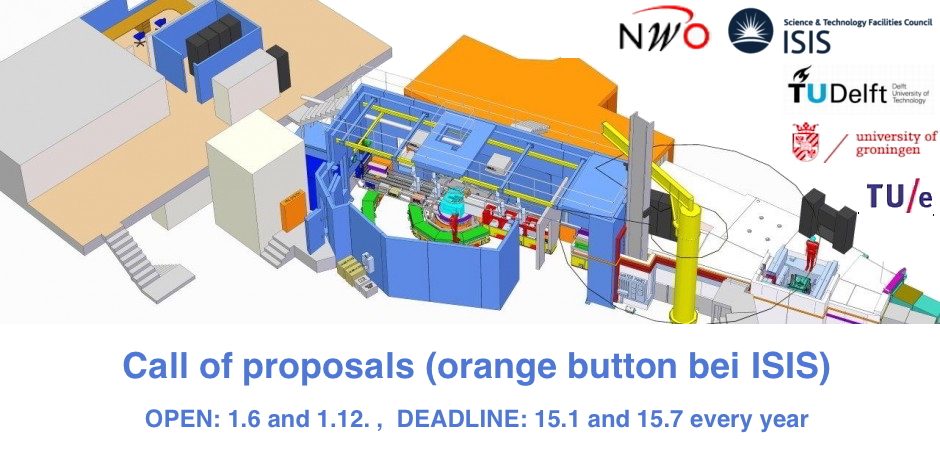Advances in technology can only be made if materials are available that perform according to the requirements. In modern technology, these requirements become more and more stringent. The maximum operating temperature for gas turbines limits their efficiency and is determined by the temperature resistance of materials. The energy content, maximum power, and recyclability of a battery are limited by the performance of its electrodes and electrolyte. The administration of medicines could be more efficient by smart drug-delivery systems.
These are just a few examples of materials limiting the scope of technology. The performance of a material is determined by its composition, structure, and dynamics on the nano- and microscale. In order to further improve the performance of materials, fundamental understanding is needed of both the relation between structure and performance, and between processing conditions and structure.
Such fundamental understanding will even become more crucial in the coming decades, when the availability of several important elements will become an issue, like it is already the case for rare-earth elements. Environmental and health requirements ask for different compositions of paint, detergent, and food products. Physical modelling in these fields must be supported by microscopic analytical techniques as proposed in this project. Bulk observations, detecting also light elements, on the nano- and microscale form an important extension of the present scope of analysis and therefore the present initiative is of great importance to strengthen materials development in order to enable progress in technology. Only via this route great breakthroughs in the development of new materials may be expected. Although all foreseen research, listed in the sections “Research field and research plans” and “Relation to other research groups/centers” have a clear link to applications, the research is generally focused on the fundamental aspects. The foreseen research therefore will lead to new materials, which will be commercially available on a time scale of about 10 years.


